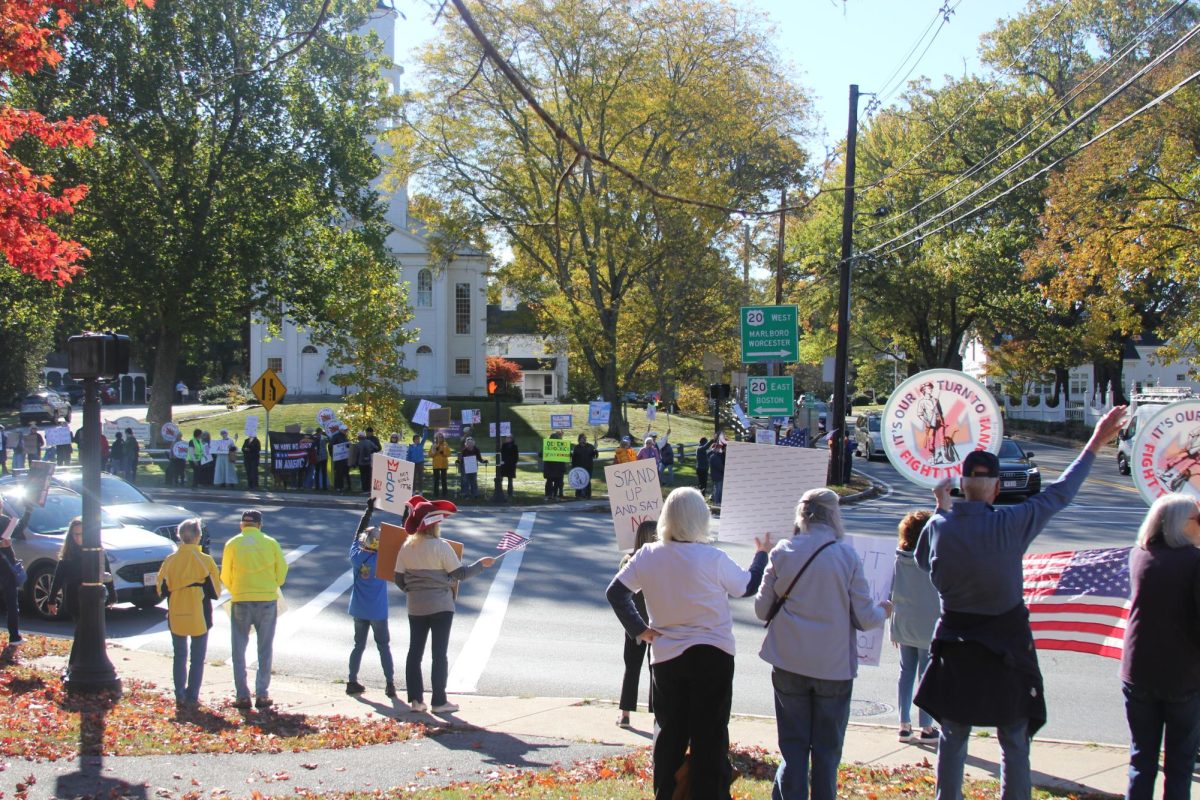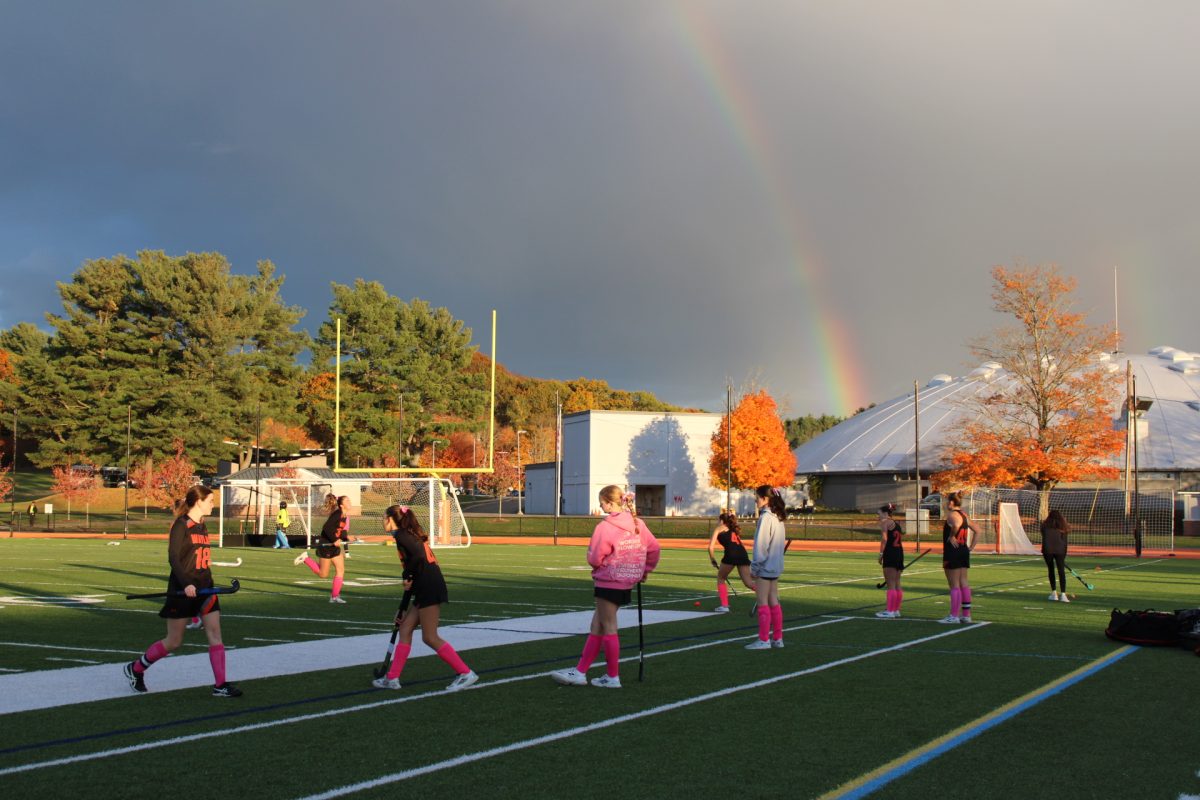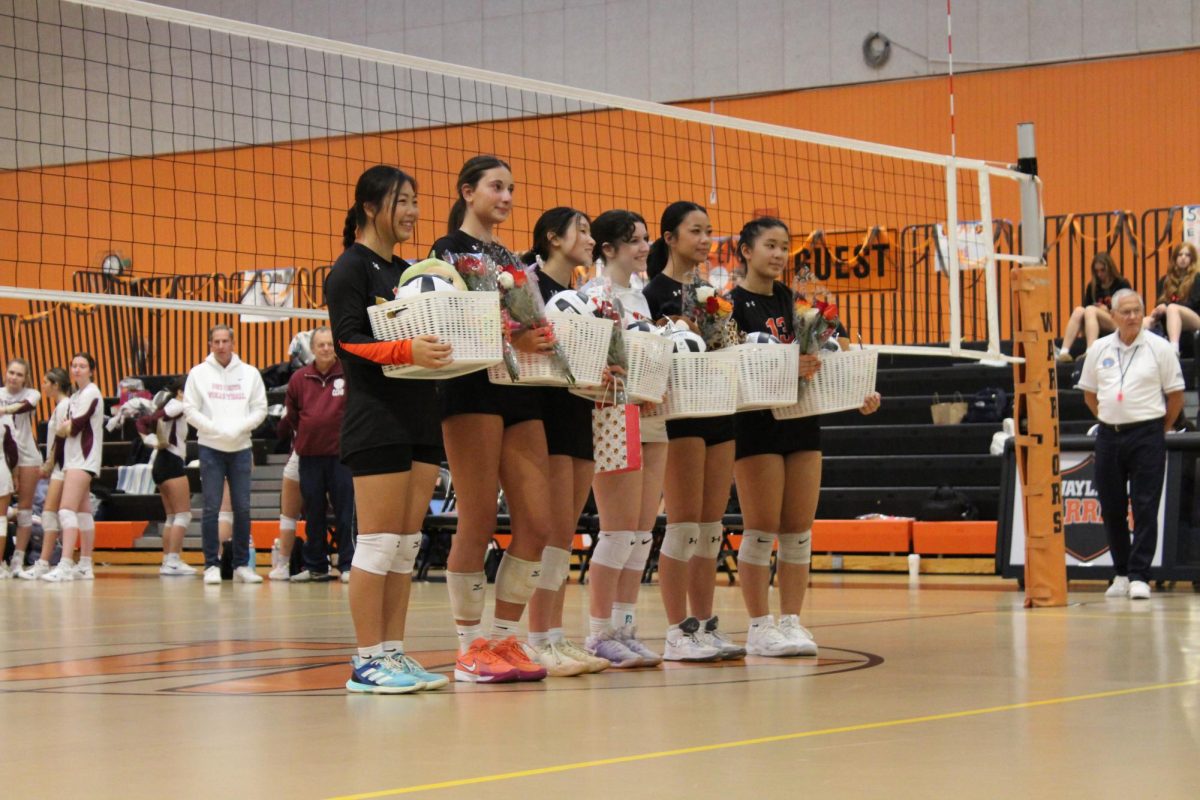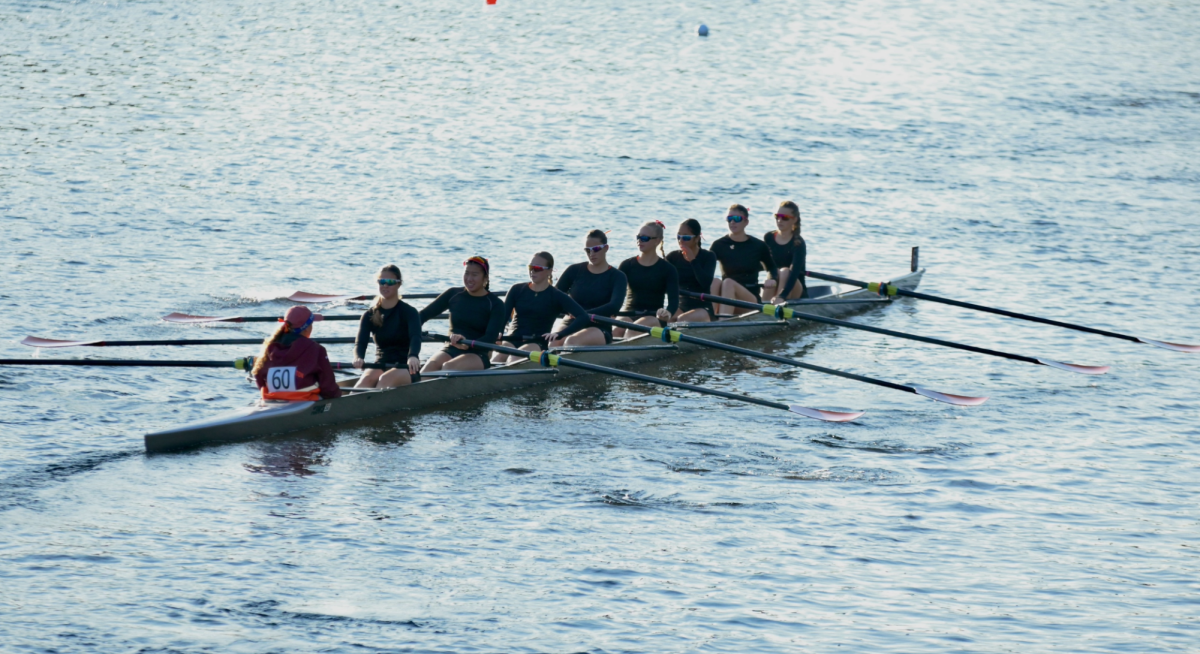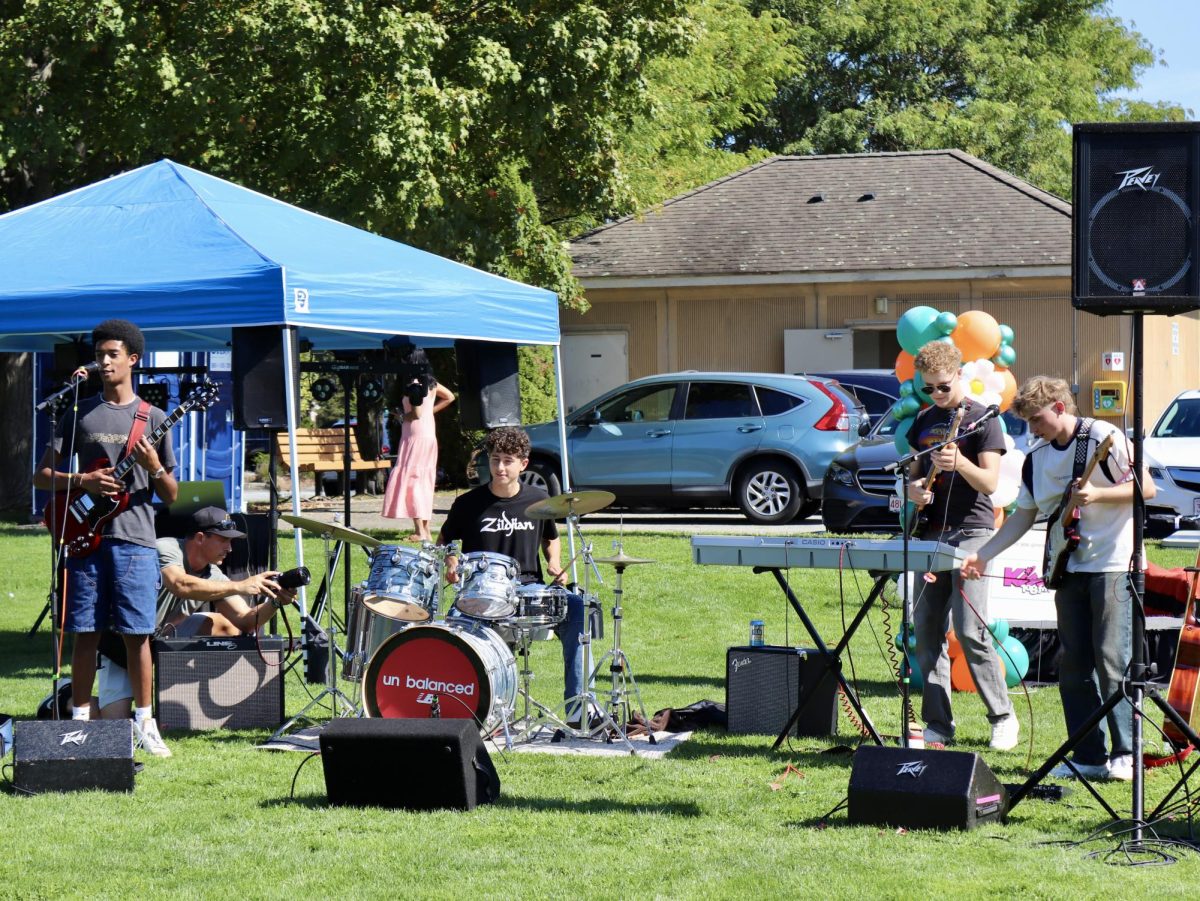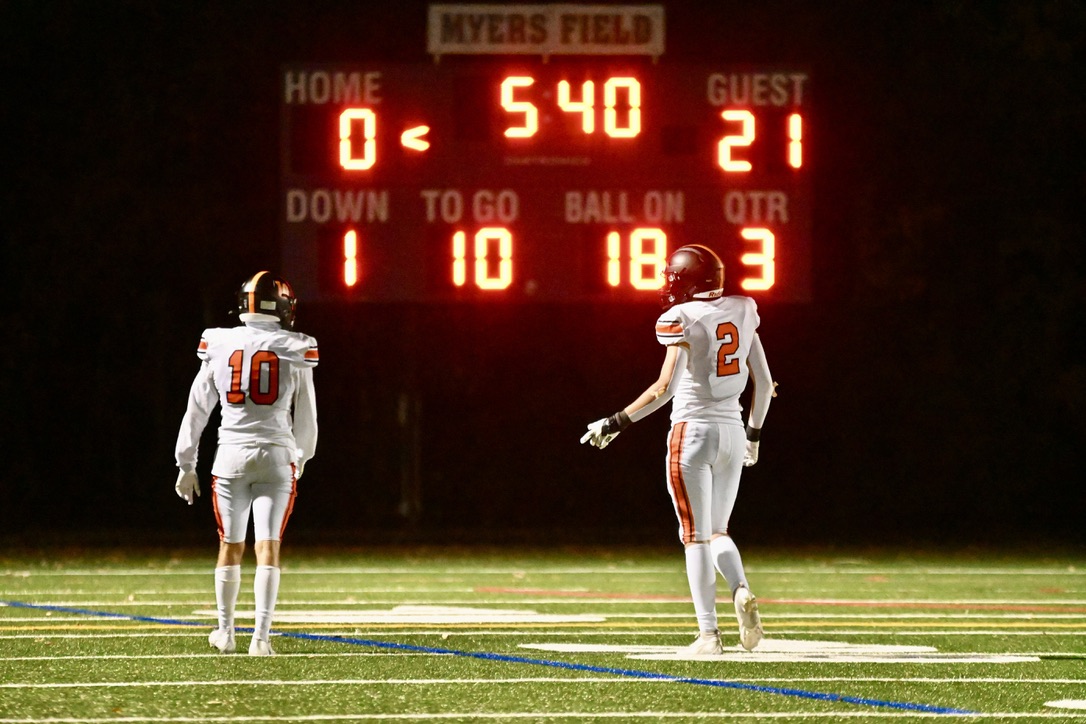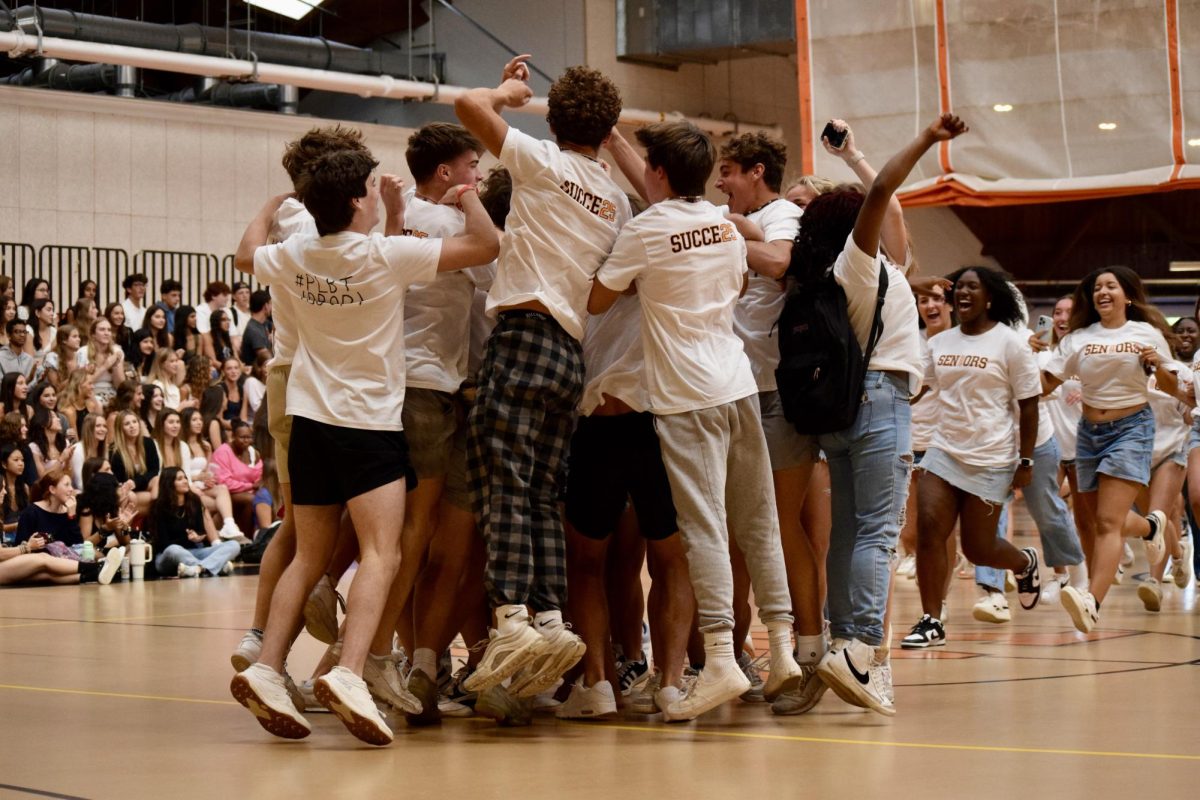On April 7th, Wayland residents will vote on the question of whether or not to allocate $315,000 towards funding the design of a new Wayland High School.
During WHS’s most recent accreditation report, in 2005, the New England Association of Schools and Colleges reported that, “The severe limitations of the current facility seriously impact teaching and learning.” The report went on to cite major health and safety issues posed by the high school. WHS did not comply with certain with ADA building codes, EPA wastewater standards, and Massachusetts OSHA air quality and mold baselines. The report noted that classrooms were too small, overcrowded, and overused. The report went on to mention inadequate lighting, electrical systems, technology infrastructure, and insufficient spaces for faculty-student meetings. WHS risks losing its accreditation if improvements are not made.
Recently a number of department heads were asked if they are content with the current conditions of WHS and, if not, what department-specific improvements and/or changes they think are needed.
English Department Chair Brian Keaney responded that he was “content with the size of rooms,” but he felt there were not enough of them, especially when the ME building is shared with math department. “We need more small meeting spaces for working one-on-one with students.”
Mary Brown of the Language Department echoed similar sentiment. “WHS is like an old 1950 Volvo—we love the charm of it, but cannot continue to overlook serious short-comings. We do not have sufficient storage space in the Language Building, and need to update the technology in our language lab so as to make it portable and easier to access and use. We [teachers] don’t like to complain about our workspace because it isn’t our first priority, the kids are. But when these spaces impede on the learning process, it becomes a problem.”
History Department Chair Kevin Delaney simply pointed to the ant-infested windowsill just inches from his desk. “The history building presents a number of health, learning, and even safety problems. Besides the ant infestation and moldy rugs, look no further than the boy’s bathroom… There are few spaces in the history building that are conducive to medium-size group work, which is an important component of any history class.”
Delaney then pointed to what looked to be a makeshift wooden doorstop and questioned its efficacy. “In the event of a lock-down or emergency situation, because few of the locks in the history building work, we [teachers] are supposed to use these things to secure classroom doors. This poses all sorts of security threats.”
For all these reasons, the High School Building Committee (HSBC) is recommending passage of Article 7.
An additional reason the High School Building Committee (HSBC) is especially eager to pass the article this year is the large financial savings that would result. Currently, the Mass School Building Authority (MSBA) is able to offset 40% of the costs—approximately $410,000. With the uncertain economy, there is no guaranteeing that the state will be willing to help fund the building of a new WHS in another 5 years (the next potential vote on WHS construction, should the question fail to pass).
During an interview on March 25, Lea Anderson, Chairwoman of the HSBC, conveyed just how important the upcoming vote is for the Wayland community as a whole. With regard to state funding, Ms. Anderson noted that, “Wayland is one of 19 towns in Massachusetts that is currently guaranteed 40% reimbursement on construction and design costs. I think that this proposal failed last time partially because people were uncertain that the funding would be there; this is no longer the case. The state has assured us that, through imposition of tight restrictions on building and financing, this project will not turn into a Newton North type of situation.”
Another important motivating factor Ms. Anderson pointed out was the drastic change that has occurred in education since the school was built. “In the 1960’s and 1970’s, kids were not doubling up in sciences or languages. Nowadays, more kids are taking a wider variety classes and are straining the facilities to their limits. The original school design did not keep in mind students with disabilities or special needs. In fact it is designed to accommodate 650 students, and is currently being used by about 900. These basic elements of education need to be satisfied going into the future.”
At this time, no formal opposition party has identified itself.
Article 7 needs a simple majority to pass and move on to the next stage of voting. If the Article passes on April 7th, the town will hold another vote during Town Meeting, to be held on April 13th. That vote will require a 2/3 majority to pass Article 7.
Sources:
http://soswayland.org/
http://www.waylandschoolcommittee.org/whs/hsbc/index.htm

